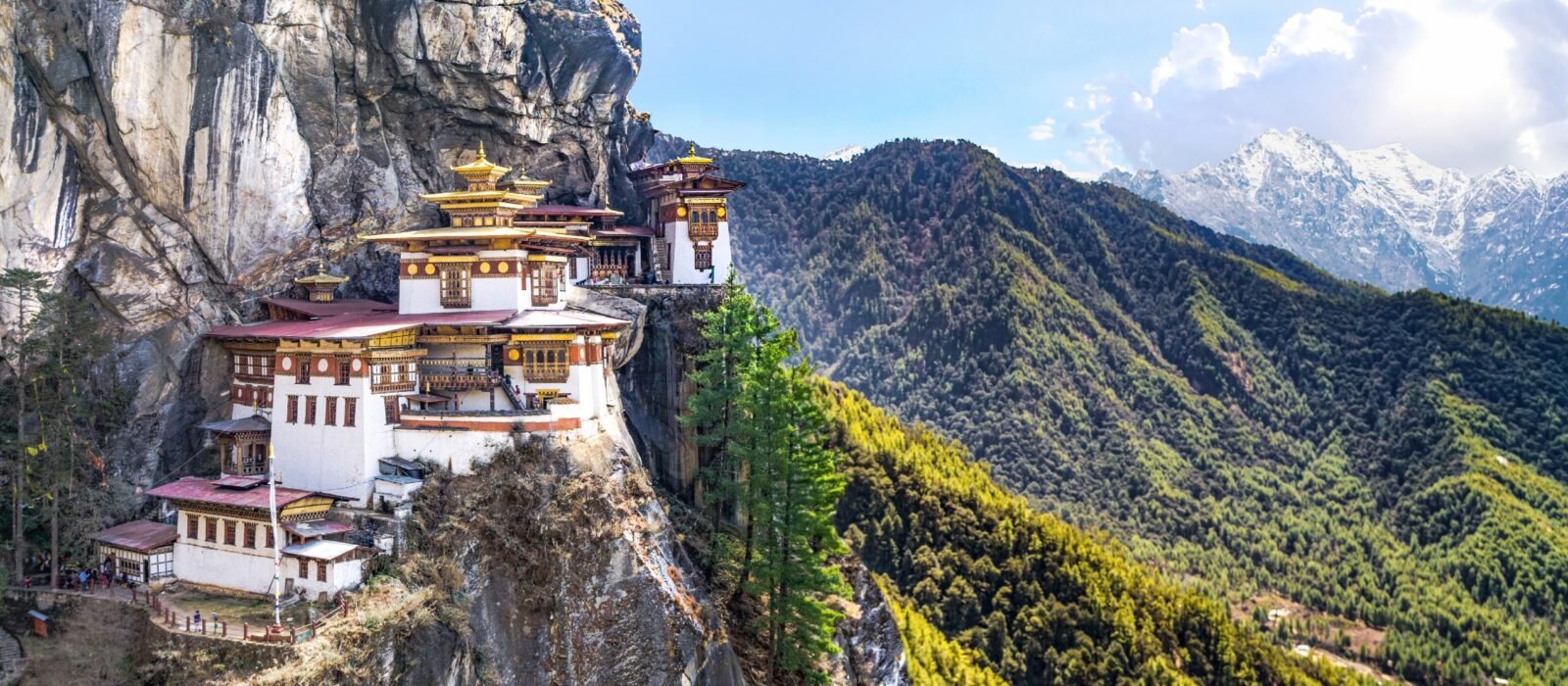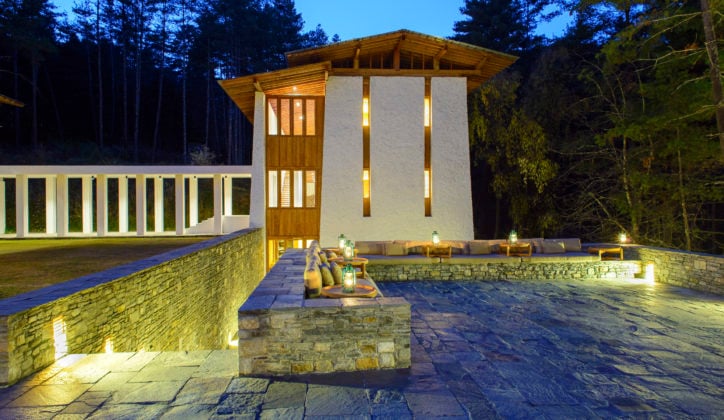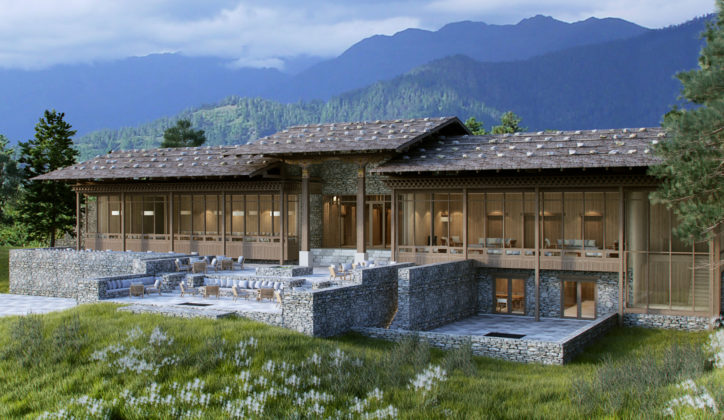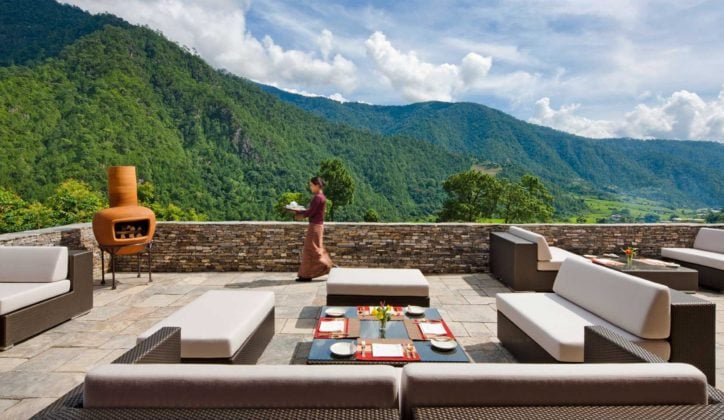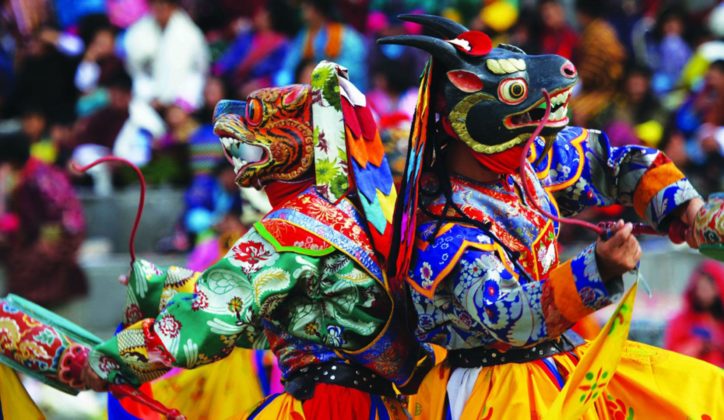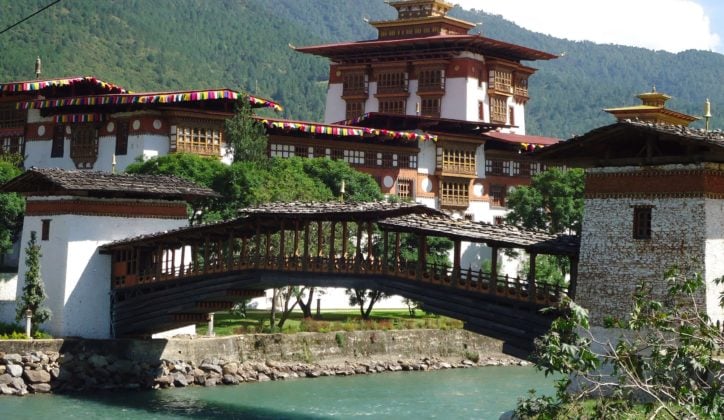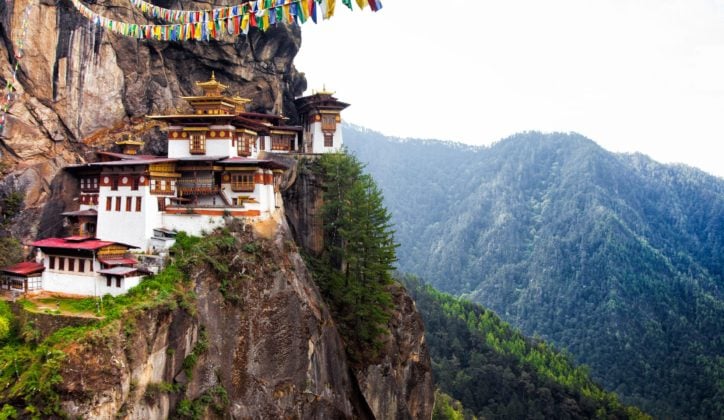Published on: July 27th, 2017
Last modified: July 28th, 2023
The best time to visit Bhutan is between September and November, and March and May. These are the perfect seasons to enjoy what the region is best known for – the great outdoors. During these months of the year, you can see beautiful autumn leaves or watch as the valleys transform with spring flowers.
Between March and May, the weather is pleasant and dry with flowers in bloom as far as the eye can see. As May approaches, the increasing humidity thins out the crowds a little, making it the best time to visit Bhutan for photography enthusiasts. The country is bathed in autumn hues from September to November and the skies are sunny and the air clear.
Bhutan’s coldest months are December and January. The hottest are July and August which fall in the monsoon season and bring heavy rainfall particularly to the lower lying parts of the country.
If it’s festivals you’re after, the country plays host to a range of them throughout the year. The more popular festivals - the Tshechus - happen monthly, with the spring and autumn ones attracting the most attendees. In general though, you can head to Bhutan year round and have plenty to do, see and experience.
Monthly Climate Guide for Bhutan
When is the best season to visit Bhutan?
The spring months of March to May are generally the best season to visit Bhutan. During this period, the valleys are covered with flowers in full bloom. In July, the monsoon season begins and daily rainstorms are expected. The weather begins to clear in September. Here’s a breakdown of what to expect throughout the year.
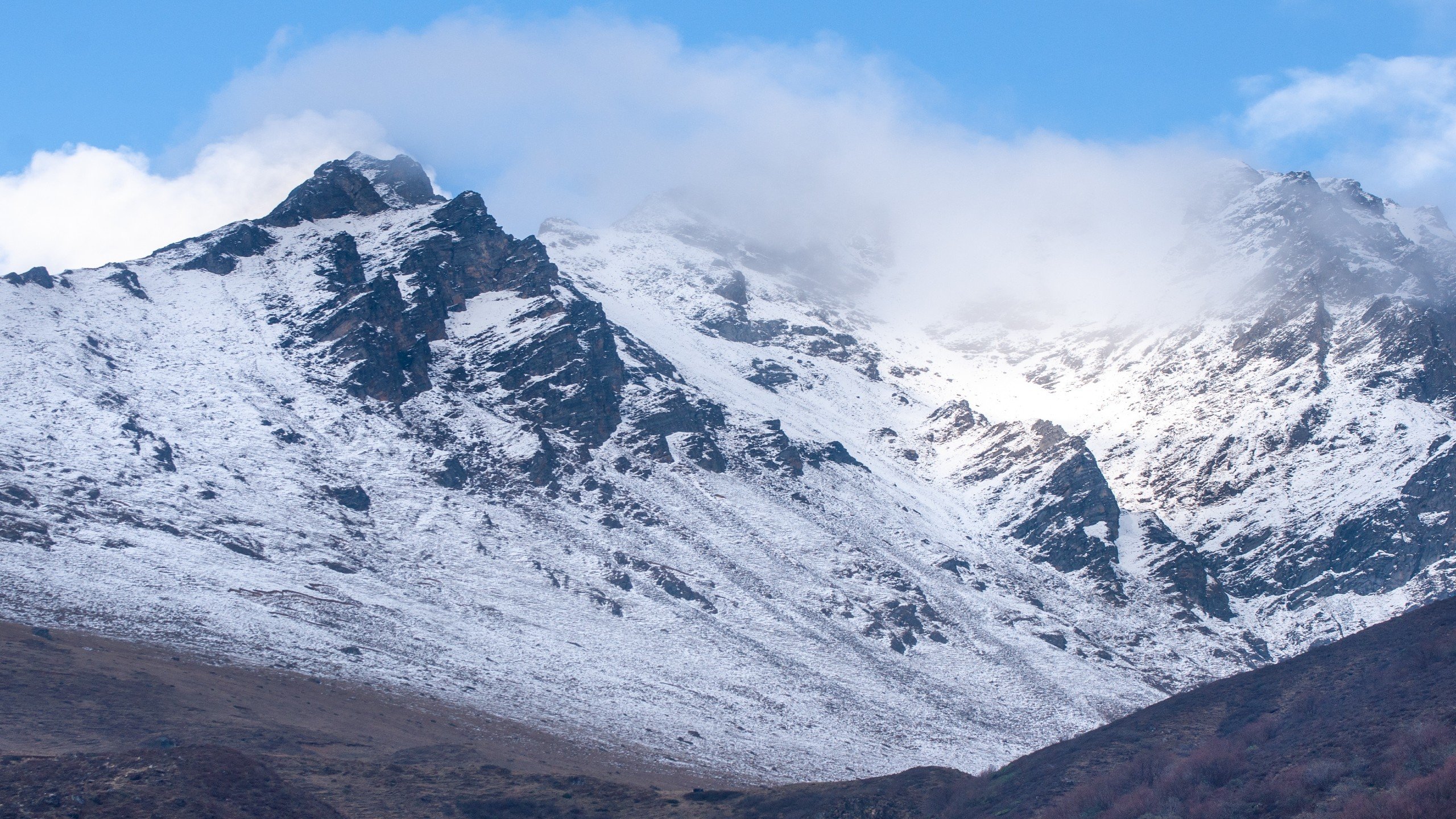
Winter in Bhutan
With winter running from late in November until March, this time of year brings with it colder temperatures across Bhutan. The nights can get very cold with temperatures often dipping well below freezing.
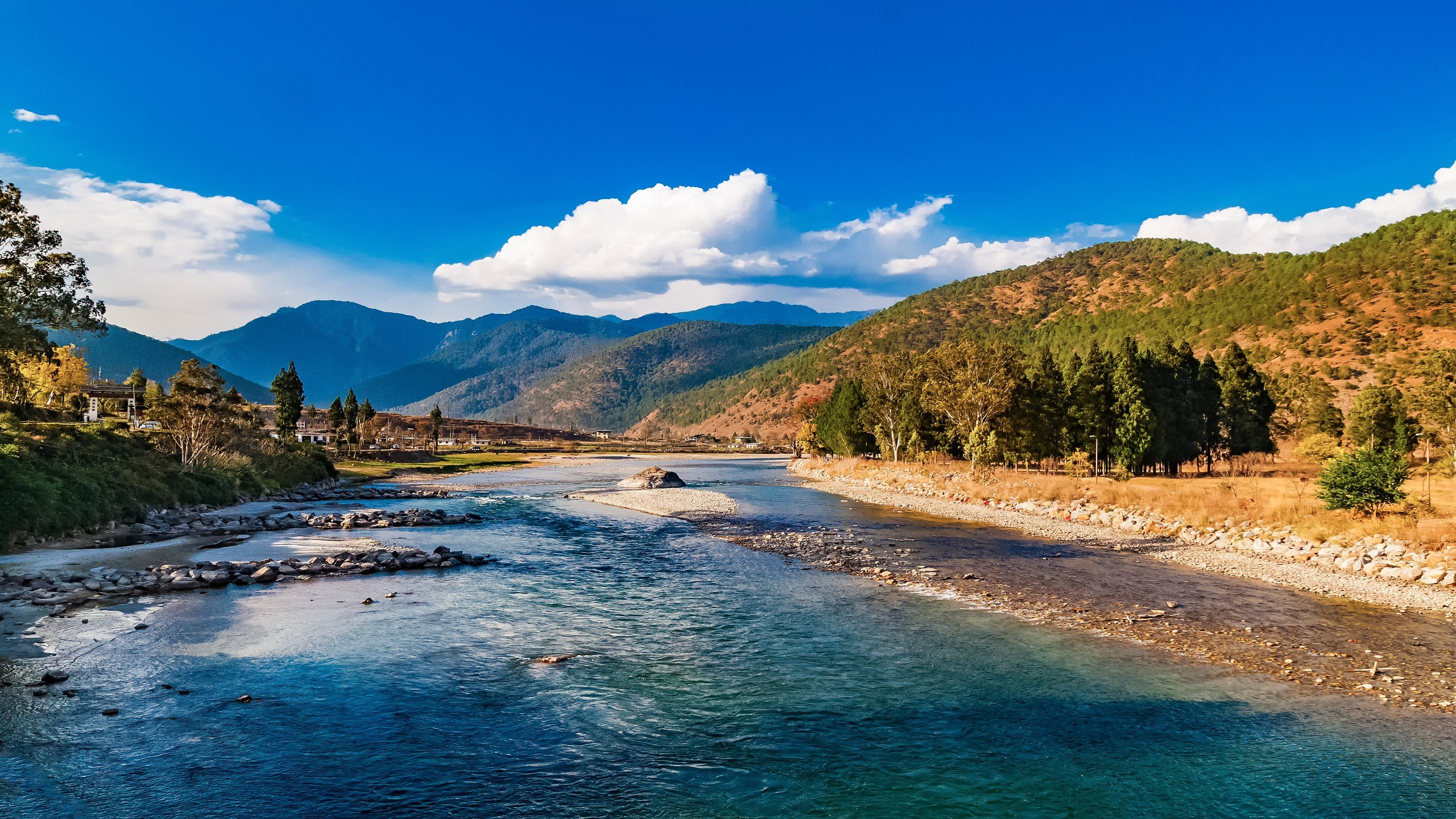
Spring in Bhutan
March to April in Bhutan and the weather tends to be dry. After the middle of April there’ll be occasional showers which will increase as June approaches and the monsoon season begins.
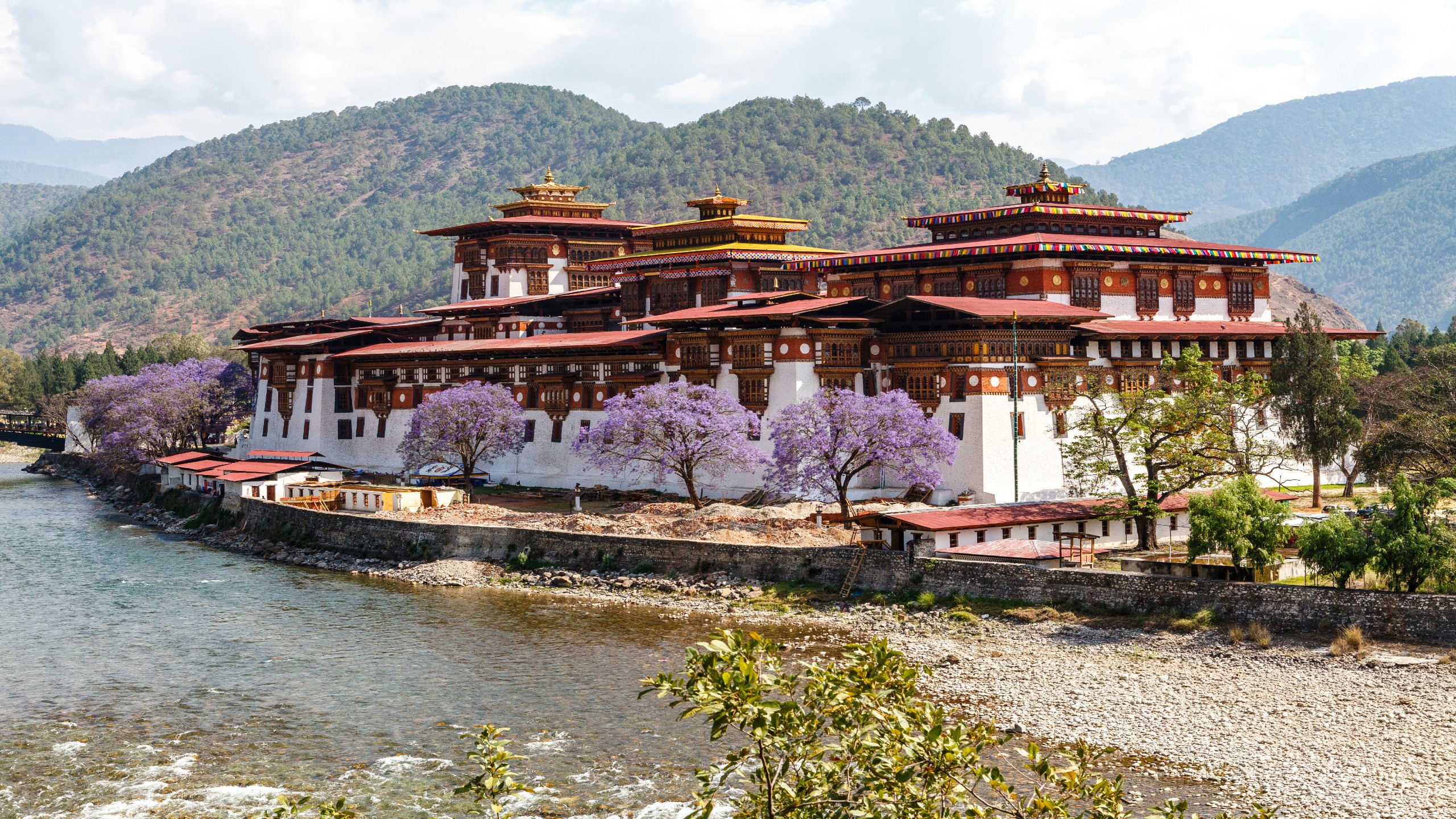
Spring (Best month to visit)
In May, humidity levels begin increasing and rain becomes more frequent, with plenty of cloud cover at higher altitudes. The heavier rain holds off until next month and there are fewer visitors, making May one of the best times to visit Bhutan.
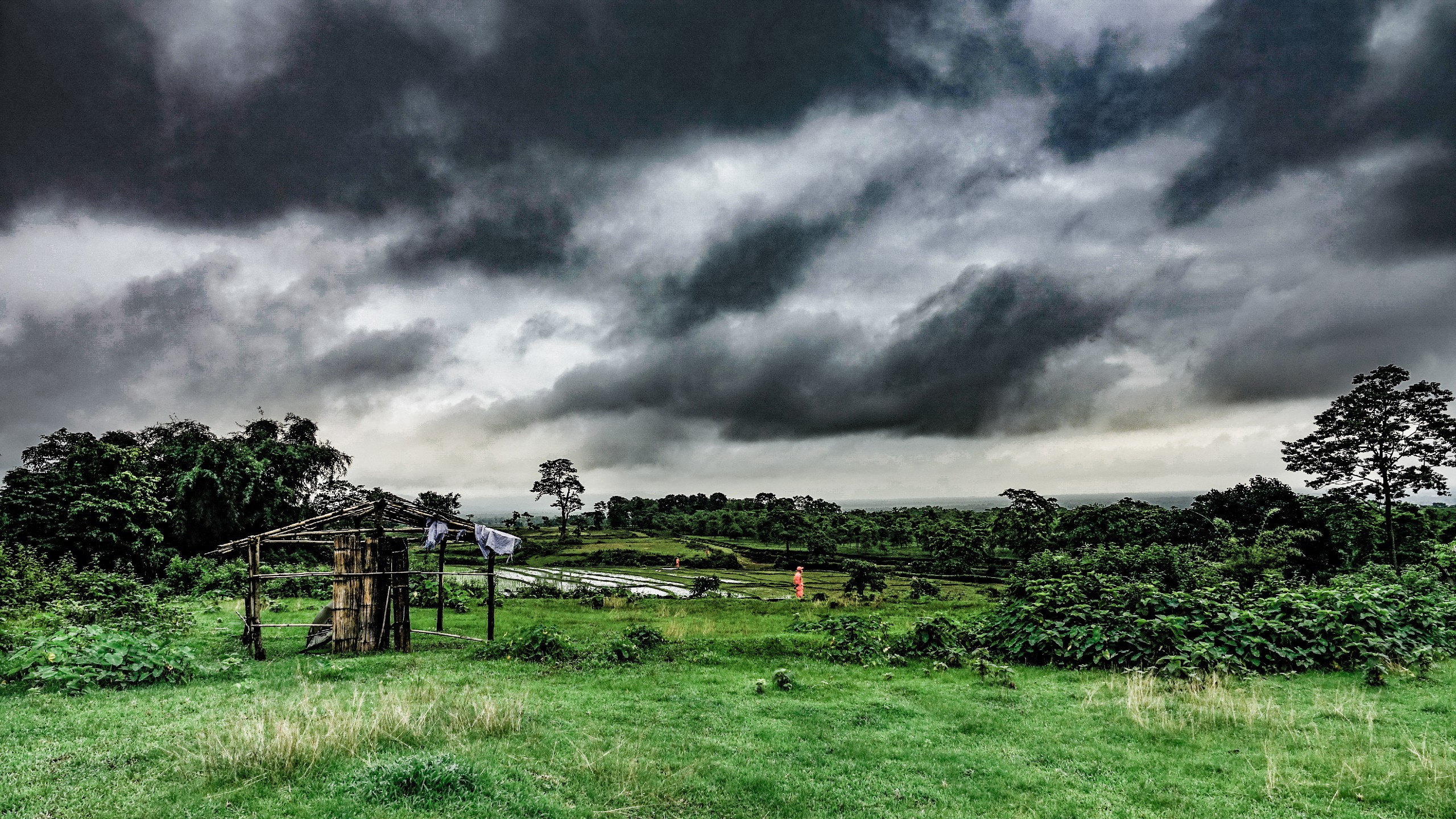
Monsoon Season
This period officially marks Bhutan’s monsoon season. The heaviest rains fall mainly in the south west. At a higher elevation you may get to enjoy some sunny days and possibly even some snowfall.
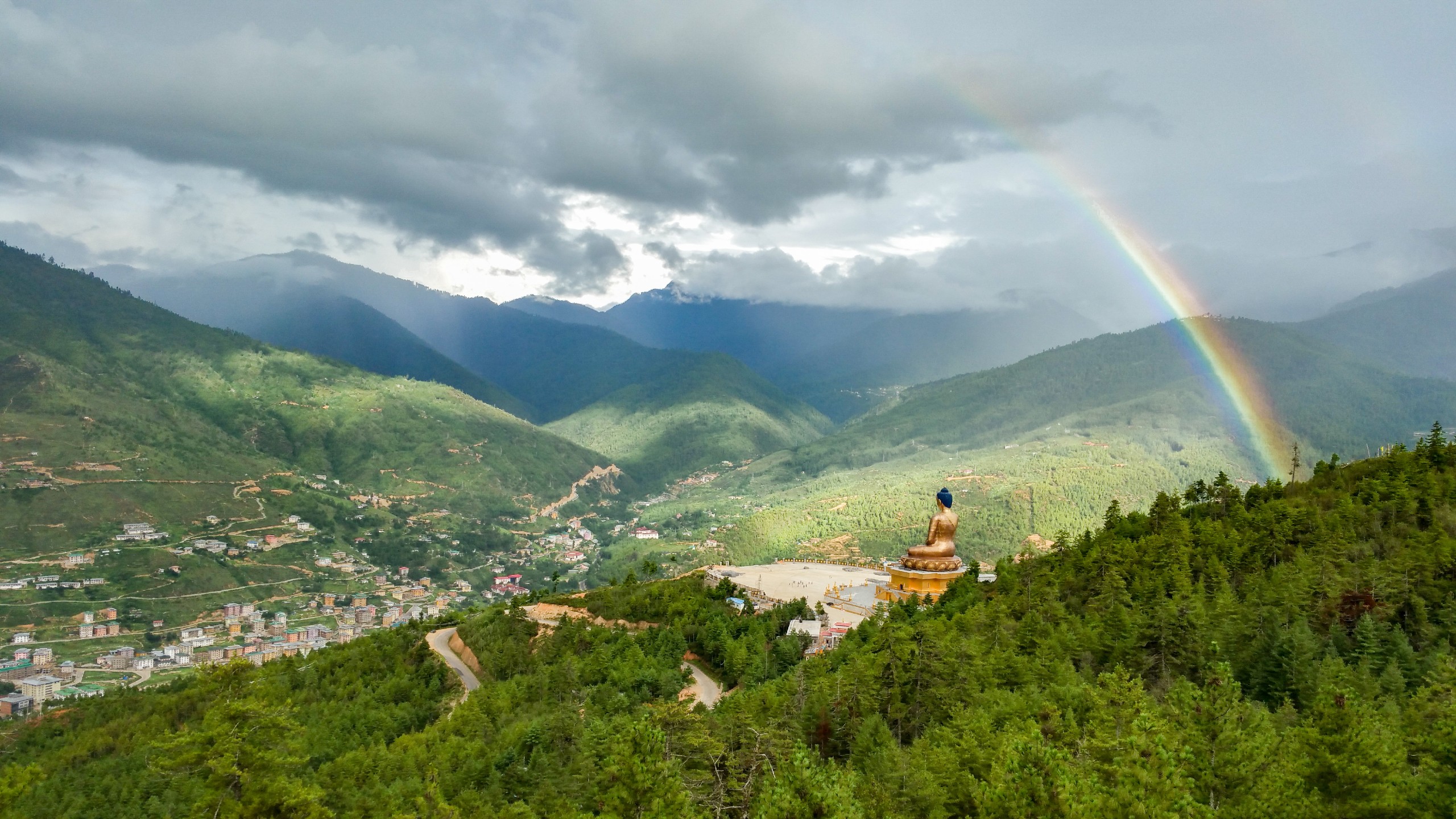
End of monsoon season
During the first few weeks of September the monsoon rains are still present, but diminishing. By late September the weather is drier and the visitors begin to return. If you’re keen on exploring the countryside on foot, this is a great time of year for you.
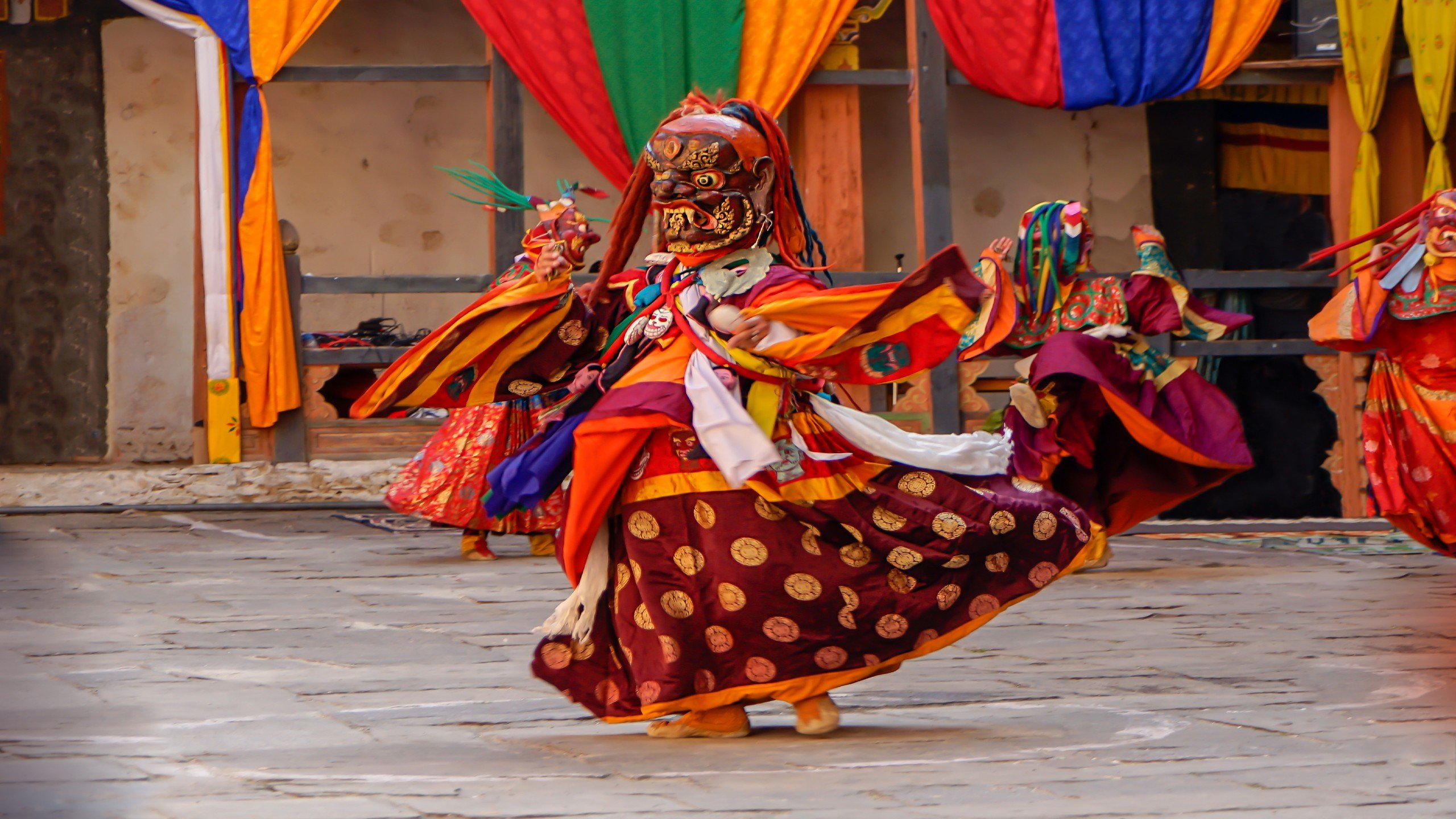
Autumn in Bhutan (Festival Season)
With clear visibility allowing for excellent mountain views and warm, sunny weather, October is one of the most popular months to visit Bhutan. Not only is the scenery beautiful, but there’s also an array of cultural and religious events held at this time of year.
The autumn peak season draws to a close in Novemeber as the temperatures begin getting colder, especially at night. You’ll still get to enjoy clear skies and stunning views though, as well as spot wildlife like migratory black-necked cranes.
Where to Stay in Bhutan
Top Things to Do in Bhutan
A trip to Bhutan is all about exploring the stunning trekking trails, admiring astounding views along the way and experiencing the vibrant culture as you meet locals and get swept up in their colourful festivals. The country also offers some thrilling wildlife spotting opportunities and fun water activities.
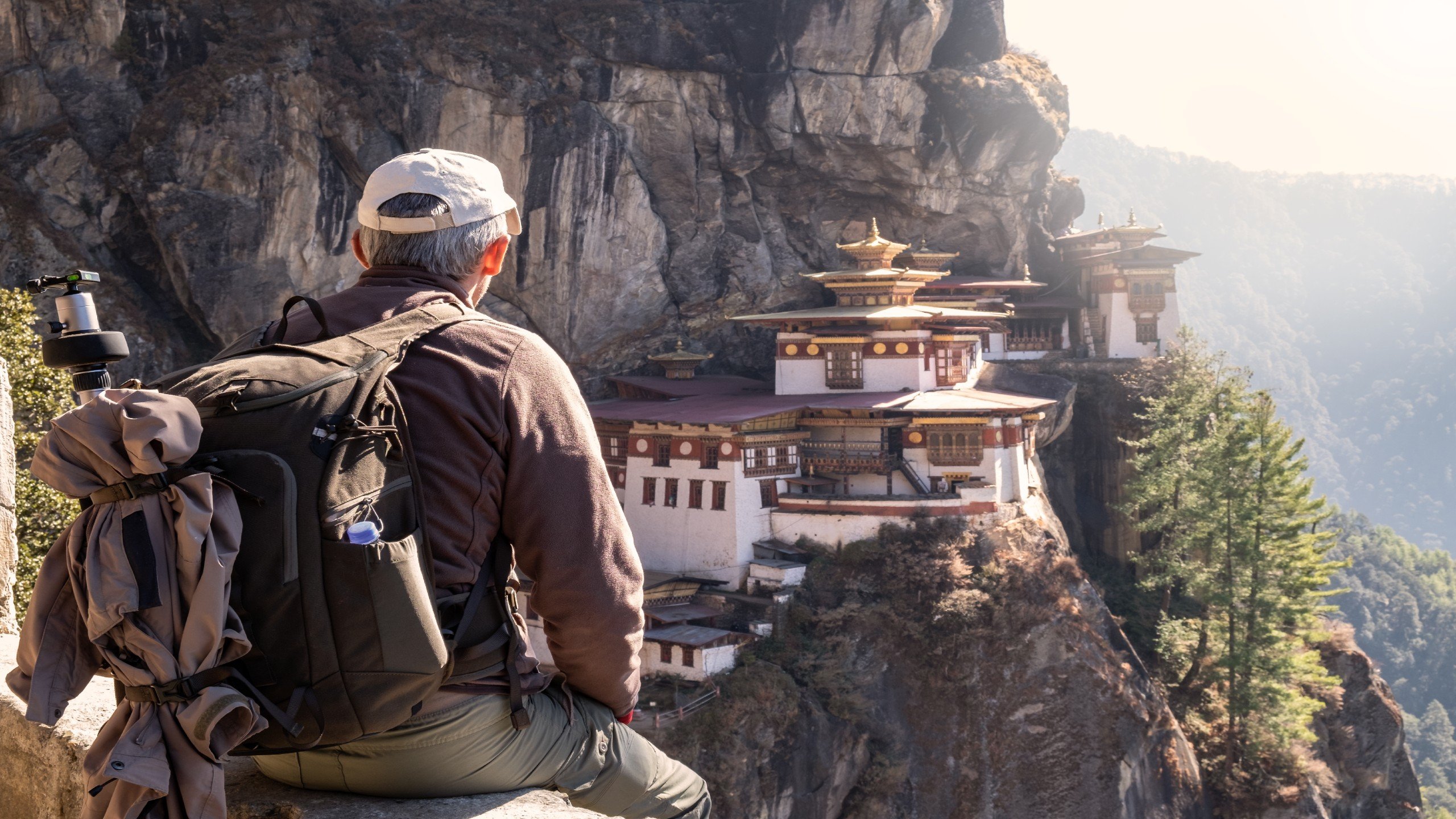
Go hiking
The best time to visit Bhutan for hiking and trekking is in September when the sun is bright and the air is clear. The monsoon rains are receding and you’ll be treated to beautiful views of the Himalayan peaks.
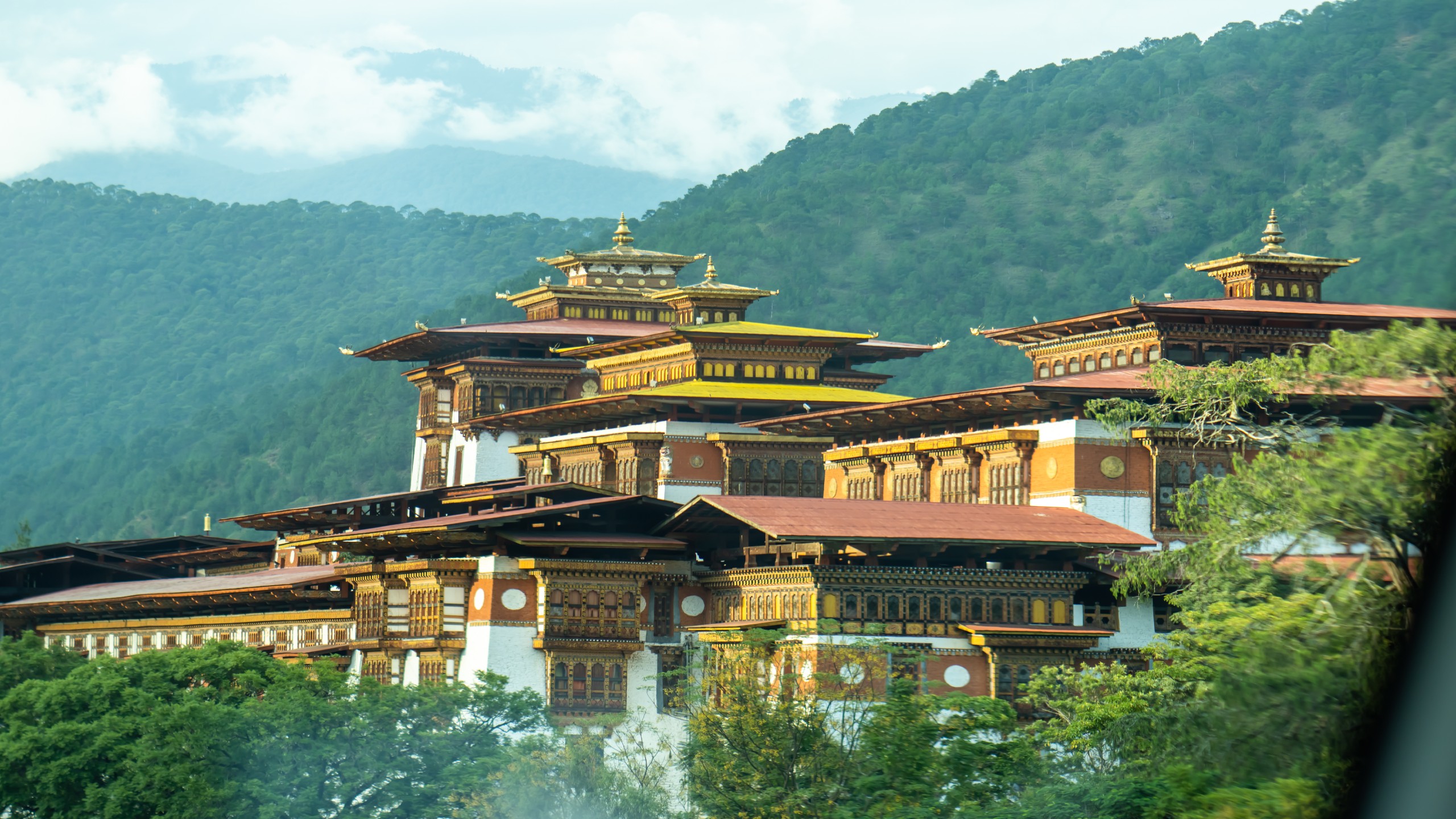
Discover monasteries
Make the most of the pleasant spring weather and head out onto the mountain trails to discover old monasteries and dramatic ancient temples. Spend some time in the monastery town of Bumthang and visit the Tashichho Dzong in Thimpu.
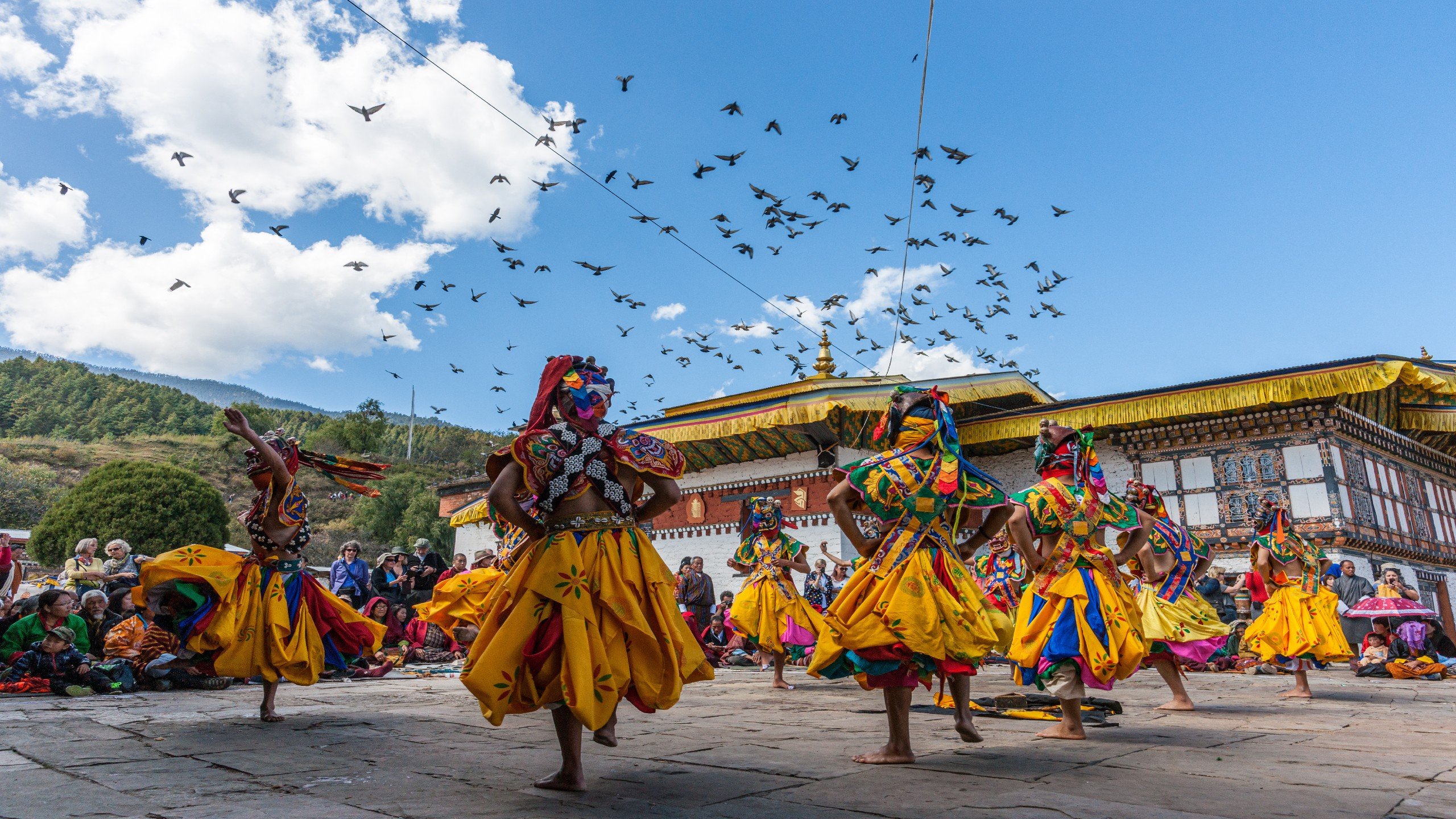
See incredible festivals
The best time to visit Bhutan for its festivals and cultural events is in April and October. In April the rhododendron festival in Thimpu draws large crowds. The day-long Black Neck Crane Festival is celebrated annually in the Phobjika Valley when the migratory birds arrive in the region, usually around October.
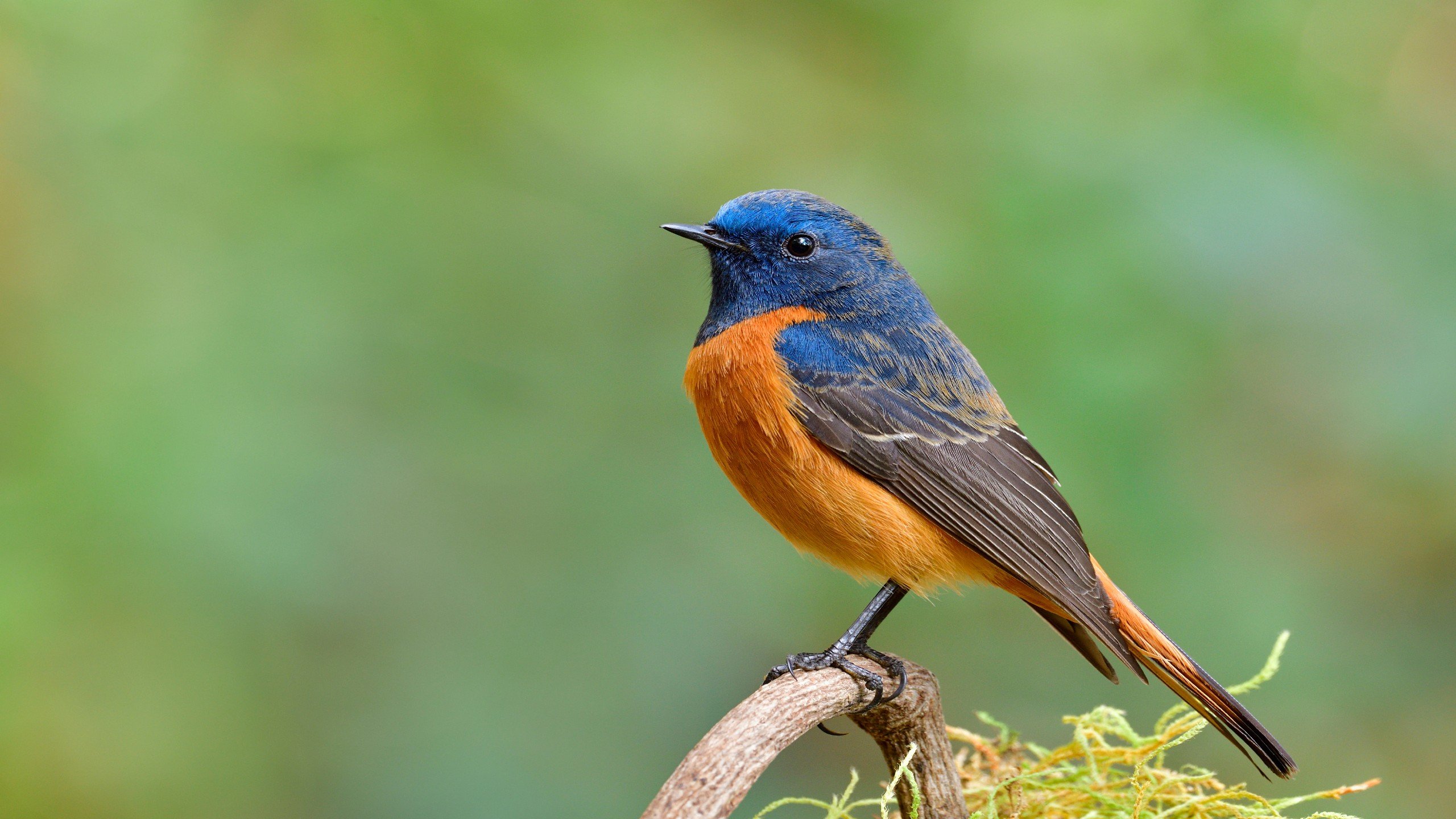
Go birdwatching
Keen birders should aim to visit Bhutan between March and May when many of the country’s indigenous birds are enjoying the spring weather. Then from October you can keep an eye out for the arrival of the black-necked cranes in Phobjika Valley. They remain in the area until around February.
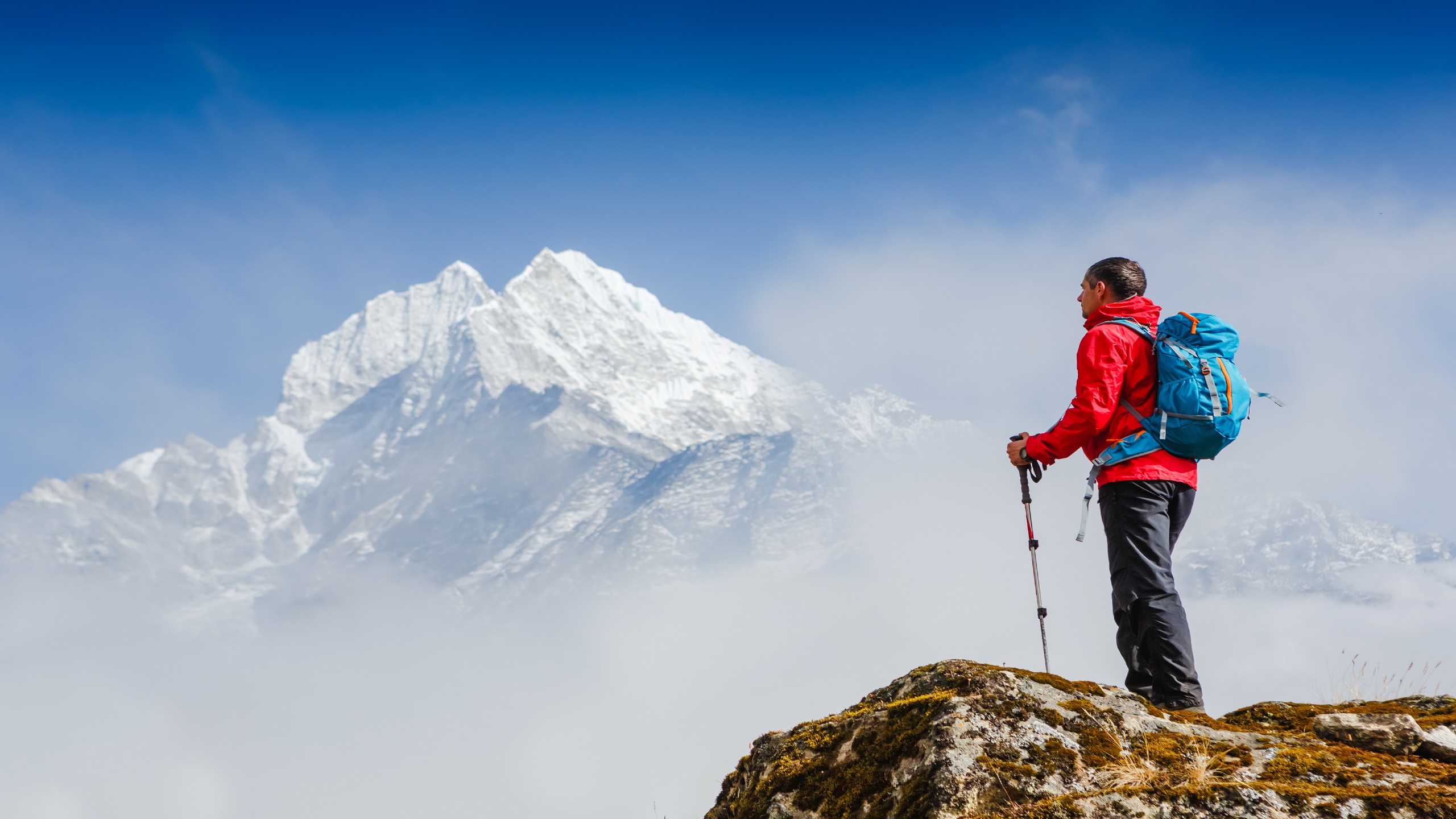
Trekking the Himalayas
The best times to visit Bhutan to go trekking in the Himalayas are from September to November and March to May. The autumn months boast clear mountain views and dry trails, while springtime trekking brings with it warmer temperatures and bright fields of blossoming wild flowers.
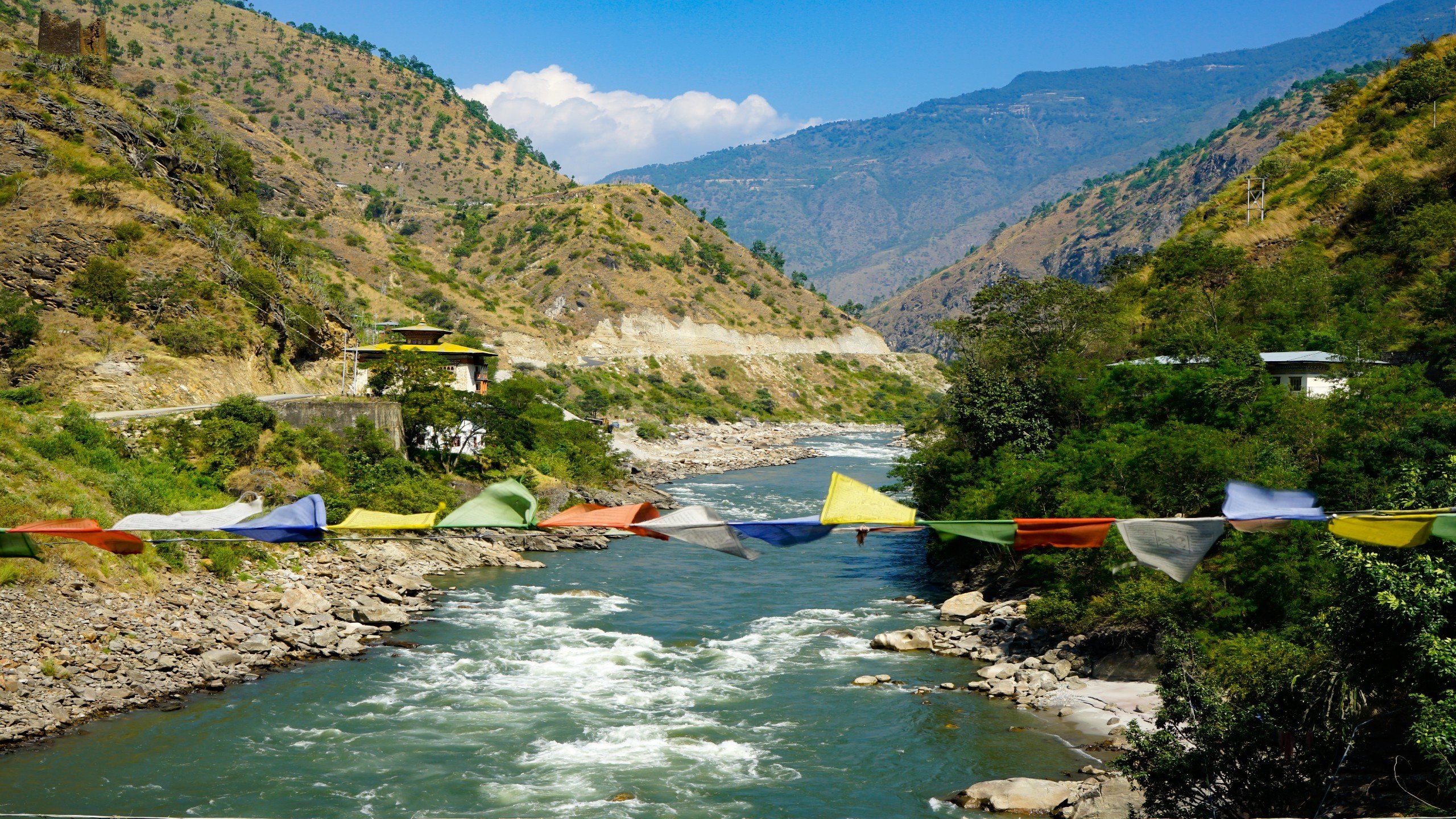
Go kayaking or rafting
Places like Paro Valley and Punakha Valley offer great kayaking and rafting opportunities. Adrenaline junkies may choose to brave the melting glacier water in March and April, but if you’re looking for a calmer experience, then November and December are the months to aim for.
Our Team's Favourite Trips to Bhutan
Whatever you want from your trip to Bhutan, our team of expert travel designers are ready to help.

